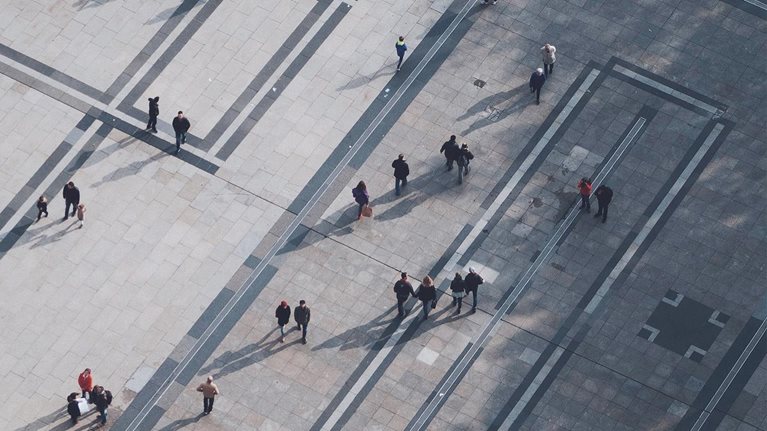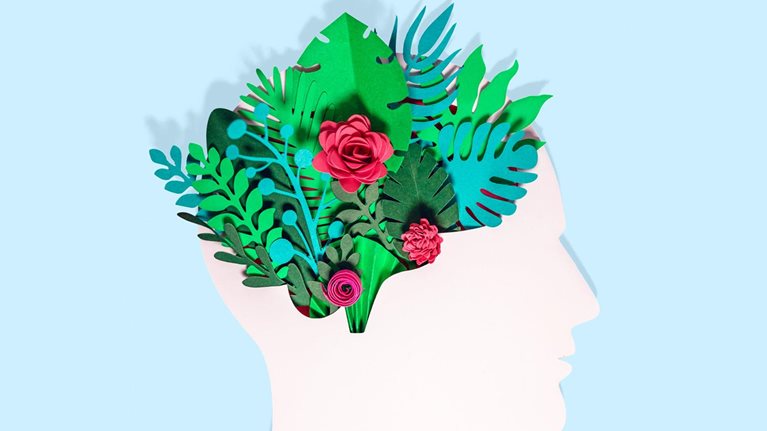In this edition of Author Talks, McKinsey’s Ben Sheppard chats with researcher, professor, and former executive, Don Norman, about his new book, Design for a Better World: Meaningful, Sustainable, Humanity Centered (The MIT Press, March 2023). From collaborating with generative AI to building a minimal-waste circular economy, Norman builds on the foundation of human-centered design to project the next phase of sustainable innovation and answer the question, “What can we do to make a difference for the entire world?” An edited version of the conversation follows.
Tell us about yourself and why you wrote this book.
When asked to introduce myself, I never know how to do it. I’m a complex person. I started off as an electrical engineer, with two degrees in electrical engineering, and I ended up as a psychologist. From psychology, I moved to cognitive science, and then I left the university life and went to Apple, where I became a vice president of technology. After that, I became a designer.
Along the way I’ve written books about all of this. I wrote textbooks in psychology, textbooks in cognitive science, and now more popular books in design. The most popular book I’ve written, The Design of Everyday Things, has sold about a million copies.
My next book, Design for a Better World, is meaningful, sustainable, and humanity-centered. It’s quite a different book because my books in design have all been about making things easier to use and understand. That’s very important, but it doesn’t change the world. I decided that with this rich background that I have, it’s time for me to step back and say, “What can we do to make a difference for the entire world?”
I focus only on the parts where I thought my unique background would be relevant. I say the real issue today is human behavior. It’s very difficult for people to understand the long term. One of my strong statements is that people are really good at responding to disaster, but they’re not good at preventing it in the first place. That’s the problem we face.
You make a distinction between human-centered design and humanity-centered design. What is the difference?
In the book I talk about human-centered design and humanity-centered design. What’s the difference? I was one of those early people who was developing what is today called human-centered design. I wrote an early book called User Centered System Design, emphasizing the problem with the system. That’s the fundamentals of what we do today, but with the word “user” replaced with “human.” It’s all about making sure that people can understand and use [products].
That’s important, and I do not want that to go away, but if we make products that destroy the planet, that’s not good. We have to change the scope of what we think about when we design. It’s not just about if somebody can understand and use [a product] to satisfy their needs—it’s also about how the manufacturing process may destroy the planet. What is the process? What is happening?
If we mine to get exotic materials, we destroy that environment. We then take these materials that could be reused or recycled and bond them together to make beautiful, wonderful, lightweight things that feel good and look good, but you can’t take them apart, so you have to discard them and throw them away. There are mountains of trash burning all across the globe, usually in underdeveloped countries.
So humanity-centered design builds on the principles of human-centered design, except it expands them. We must think about all living things and about the environment. We must realize we are part of a complex system, so what we do here can impact people all across the world and have a long effect.
So humanity-centered design builds on the principles of human-centered design, except it expands them. We must think about all living things and about the environment. We must realize we are part of a complex system, so what we do here can impact people all across the world and have a long effect.
You talk about how designers have, to some degree, gotten us into this mess, but how can they help get us out of it?
That’s my positive, optimistic view. I look around me, and I see that almost everything is artificial. That means everything was designed, but not necessarily by designers.
The notion of a country, of politics, and of the laws that we pass—it’s all artificial. Our buildings are artificial. The way we live our lives is artificial. It was often done without much thought and not by professional designers but by professions. It’s very difficult to realize that things are artificial and could be changed.
In the past, designers trained to be crafts people. They would make beautiful, wonderful things, and it was often thought of as a part of art, but design is not art. Design is building things to help society, to help other people. That’s the kind of outlook we need. We need to change the way we train everybody, but especially designers.
Are we overemphasizing the role of designers in solving the big problems?
No, because the number of designers in the world is relatively small—some tiny percentage—and worse, a lot of these designers are trained in making better profits for their industry without regard for the impact on the world. They don’t have the broad educational knowledge that is required to think in this new way, to think about the impact that we are having on the world.
More and more people are starting to learn this. It’s still a small number of people, but a small number of people is quite enough. It’s the leading corporations and the leading countries that will make the difference, so if we can change the attitudes of some leaders, the rest will follow. I’m really hopeful that a relatively small number of people can make a big difference.
Who should read this book?
It’s most important for business leaders and political leaders to read the book because those are the ones who set policies and can make a difference. Some of the things that we must do to increase sustainability are part of what’s called the circular economy.
What is a circular economy? Here’s an example: this is a tangerine, and it has this wonderful protective package. It’s not made out of plastic. It’s organic material. I can remove it and eat the orange and then throw away the “package,” because when it goes in the ground, it decomposes and adds fertilizer to the ground. That’s how nature reuses everything. There’s very little waste in nature because almost everything reconstitutes itself as useful, organic goods for future living things.
Now what we do today is take this nice orange and put it in plastic. Plastic is very valuable, and it’s extremely convenient for our lifestyle, but we need to change the fact that it can’t be reused and can’t be recycled easily.
That is what the circular economy is about. It’s a major change, but it’s not that major. It does require a new business model, and it may require some regulation by the government, mainly to make sure everybody’s on the same playing field—if someone spends money to do good, the other companies are all required to do it also—so there’s no competitive disadvantage for being a good citizen.
On generative AI, where do you think it’s taking us? Is it a force for good?
First of all, the new generative AI techniques are in their infancy, so it is unfair to try to understand where they are going, but they are very valuable, and they will change our jobs. Every new technology changes jobs.
The best way to think about these new generative tools is that they replace a lot of the tedium that you used to have to do. Instead of manually determining what the design might be—if you’re a designer, or even if you’re an accountant or a lawyer—you can sit back, and you can say, “Oh, that’s going to take care of all those details for me, but I have to tell it what I want.” When it produces something, I have to look at it and say, “That’s not what I want,” and I have to modify what I do.
[Using generative AI is] a collaboration, and the result is something I could never have done by myself. A person plus this device is far better than either the device alone or the person alone.
People who use this very effectively say it can take them almost as long to design it when they use this tool as when they do it by themselves. So I still do have to work. It’s a collaboration, and the result is something I could never have done by myself. A person plus this device is far better than either the device alone or the person alone. In many ways, that’s been true of all of our technology.



